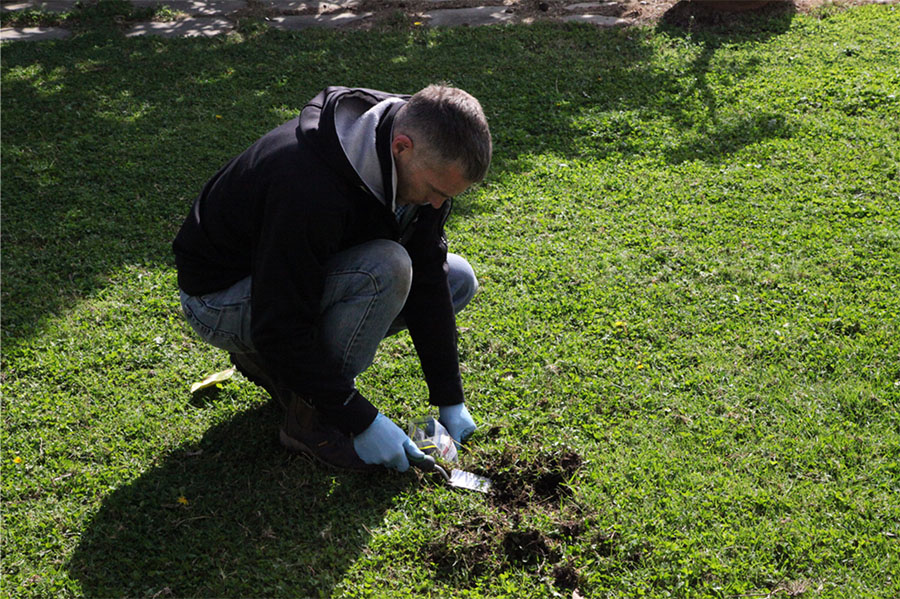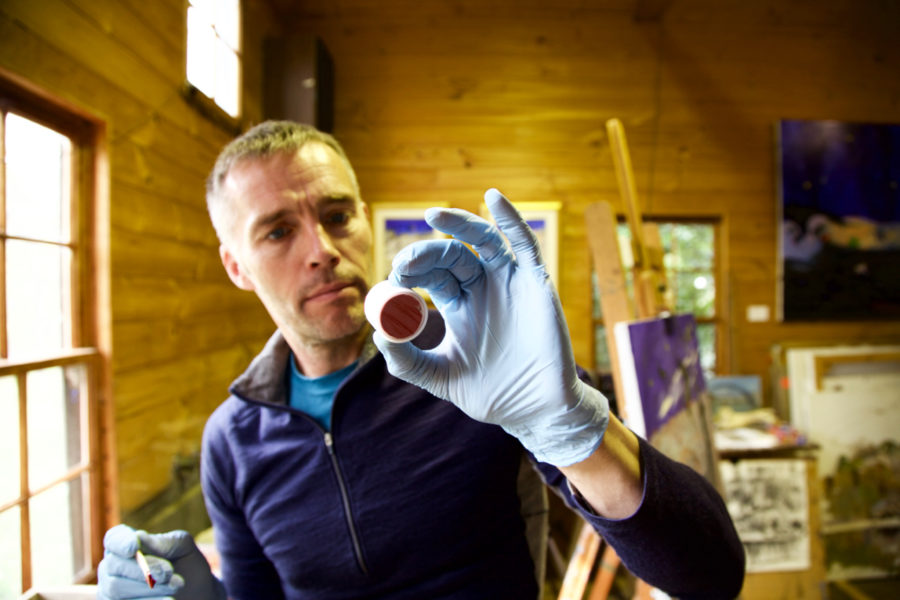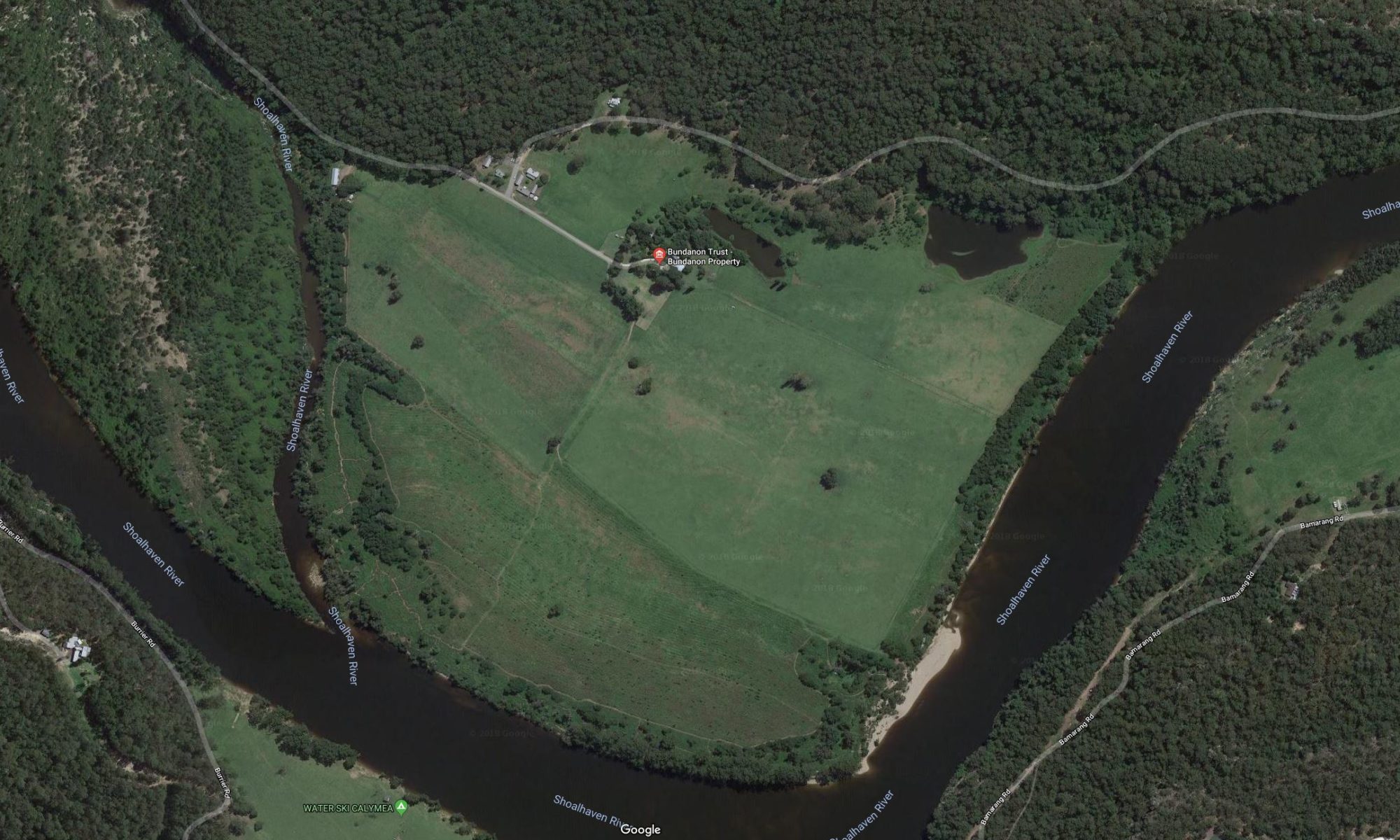This project examined surface and surface soils across the footprint created by the Bundanon site on the Shoalhaven floodplain. The objective was to assess it for geochemical fingerprints from European anthropogenic activity.
While the environmental setting of Bundanon is surrounded by natural bushland, it is well-known that the upper reaches of the catchment of the Shoalhaven River were subject to exploration and mining for gold, predominantly from the 1860s to 1900, with the Yawal goldfield being abandoned in the 1930s. However, the impact from resource extraction on the natural soil geochemistry has never been characterised.
Our study sampled surface soils at 122 points along with deep soil samples as a measure of background or natural catchment geochemistry, i.e. before European anthropogenic influence. Soil samples were tested for 53 trace elements via an acid digest for total metals using inductively coupled mass spectrometry (ICP-MS).

Overall, surface concentrations of soils were very similar to those recorded at depth, with the median enrichment of surface soils being < 1. This indicates that there has been limited impact in terms of geochemical alteration of the natural concentrations of surface soils from any European anthropogenic activity. However, the soils did contain a clear fingerprint from early mining: the most enriched trace element in the Bundanon surface soils was gold (Au). Surface soils had a mean concentration of 6237 ppt (part per trillion), some 6.5 times above background values. The point D1_S10 on the interactive map shows the presence of gold in the sample.
In addition to the environmental dispersal of gold-rich mine waste, we also wanted to understand how the site’s most famous inhabitant, Arthur Boyd, may have interacted with contaminants in the semi-pristine environment of Bundanon. Thus, the project analysed the geochemistry of the paints used by Boyd. It is well-established that artists rely on the use of toxic metals such as cadmium and lead to obtain deep and lasting hues in paint. We analysed some of the paints used by Arthur Boyd in his studio, using an Olympus Delta Premium portable X-ray fluorescence fitted with a 50 kV, 4 W Ta anode X-ray tube and a silicon drift detector. The analyses of paint showed they contained up to 35% (350,000 mg/kg) cadmium and 60% lead. While paints such as these are stable on canvas, it is known that Boyd mixed many of his own paints from powder, and frequently painted with his fingers and hands. In doing so, he may have inadvertently contaminated himself in the process. Lead is present in three points on the interactive map: H2S2, H1S8 and H2S4.
The results of this sequence of chemical analysis formed the data-base for the creative work Heavy Metal (see Environmental Artworks section).
See also: Mark Patrick Taylor ‘Geochemical Footprints and Fingerprints of European Occupation at Bundanon’ on the Readings page here.

